
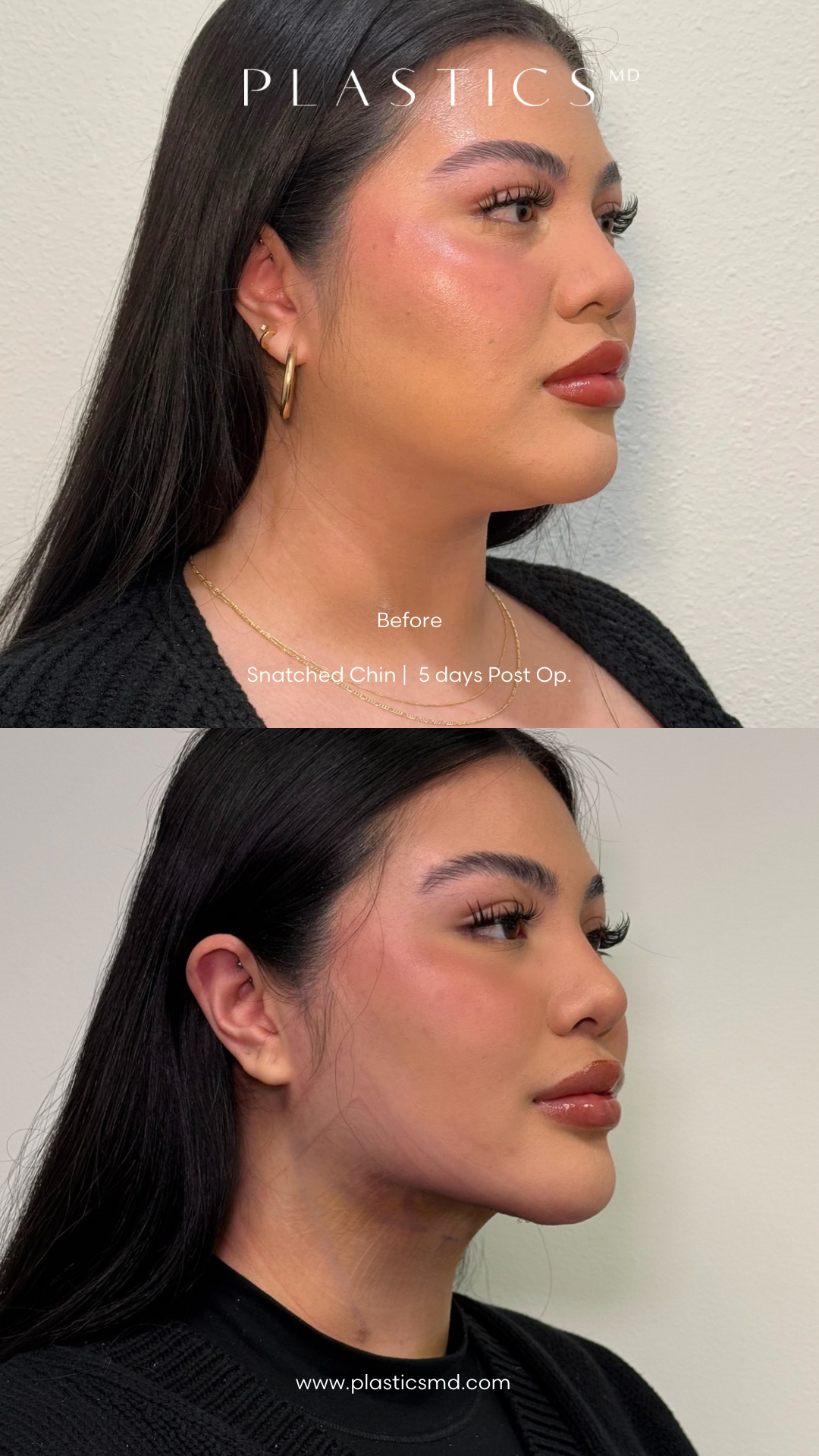
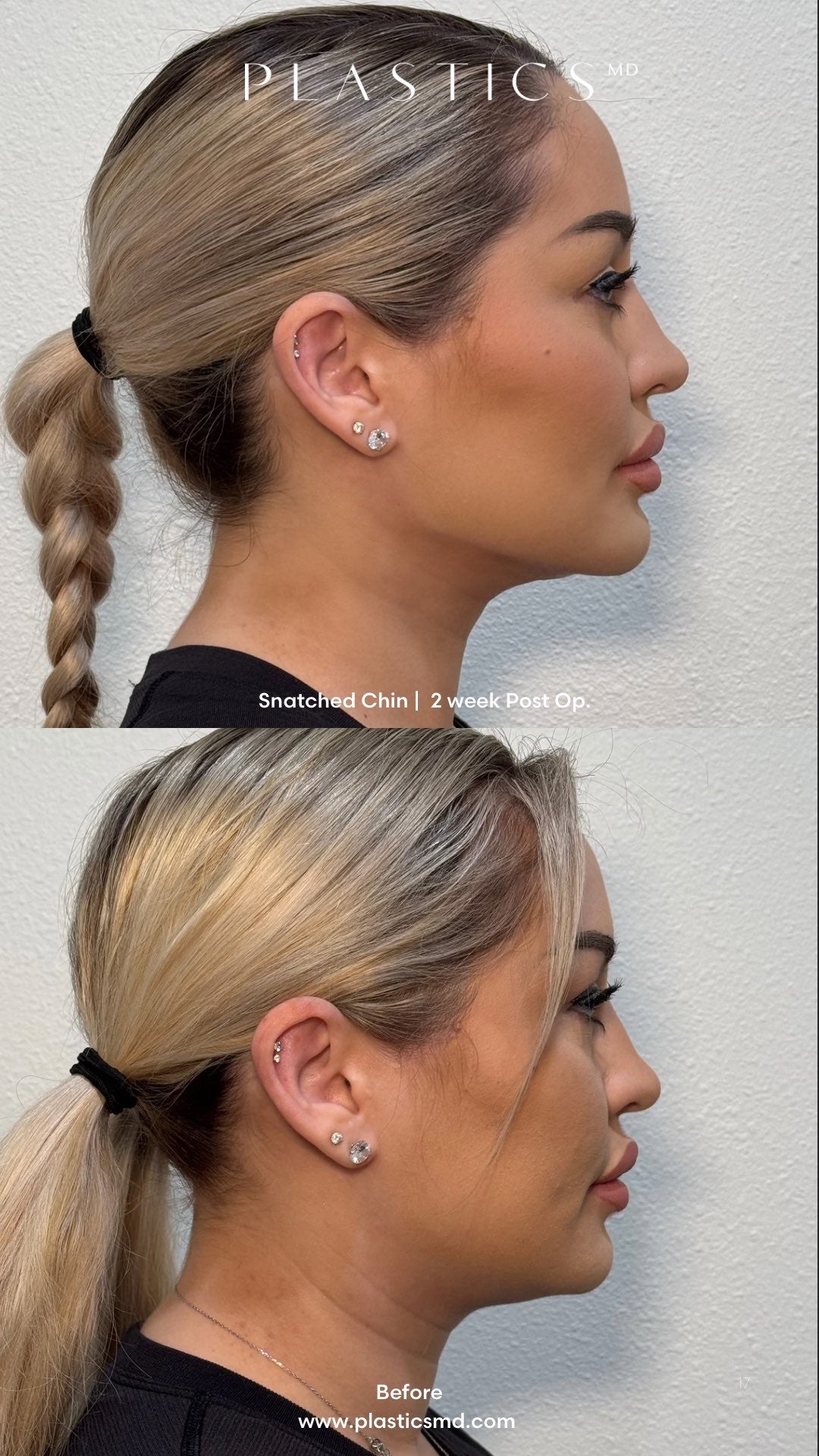
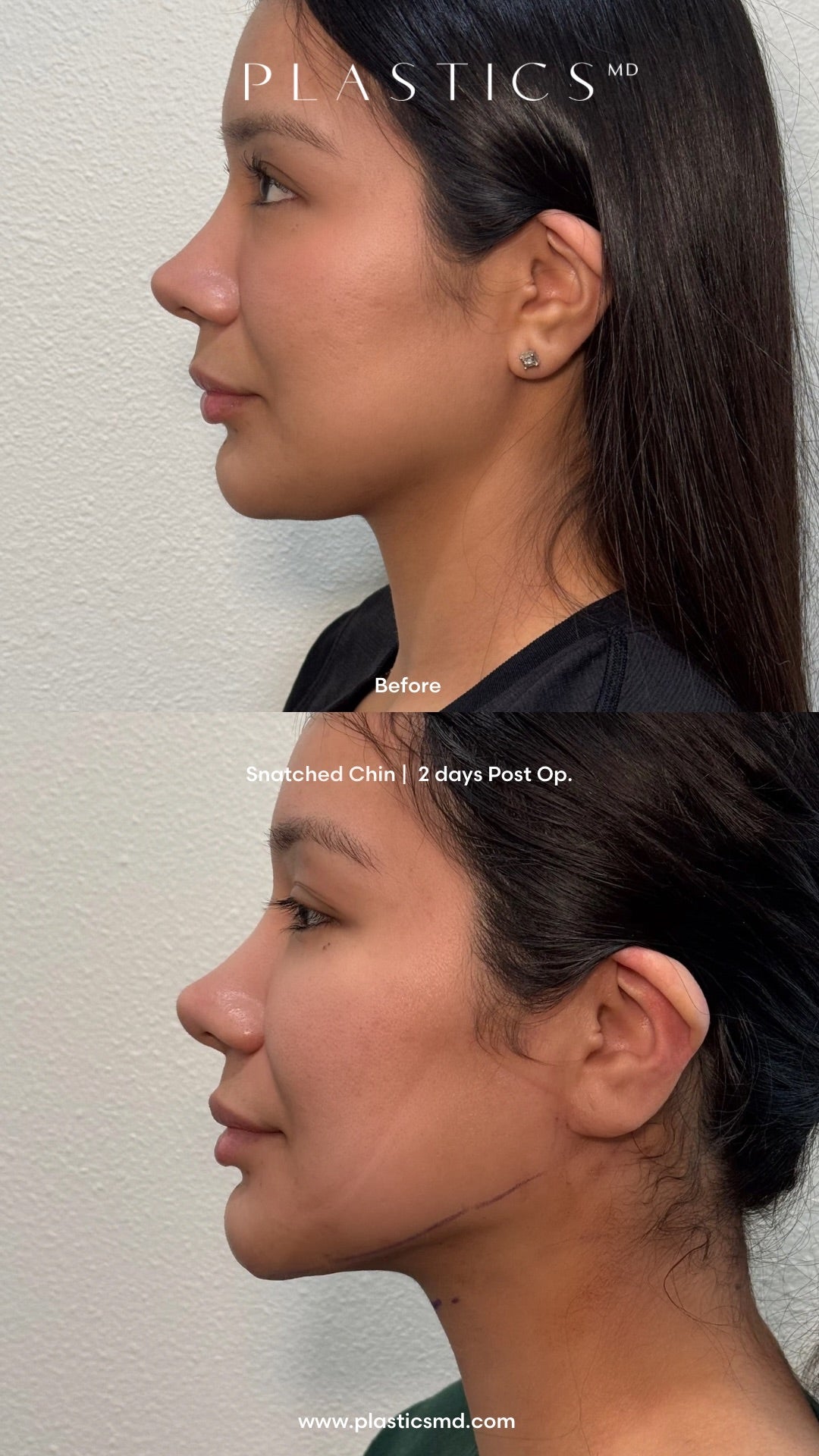
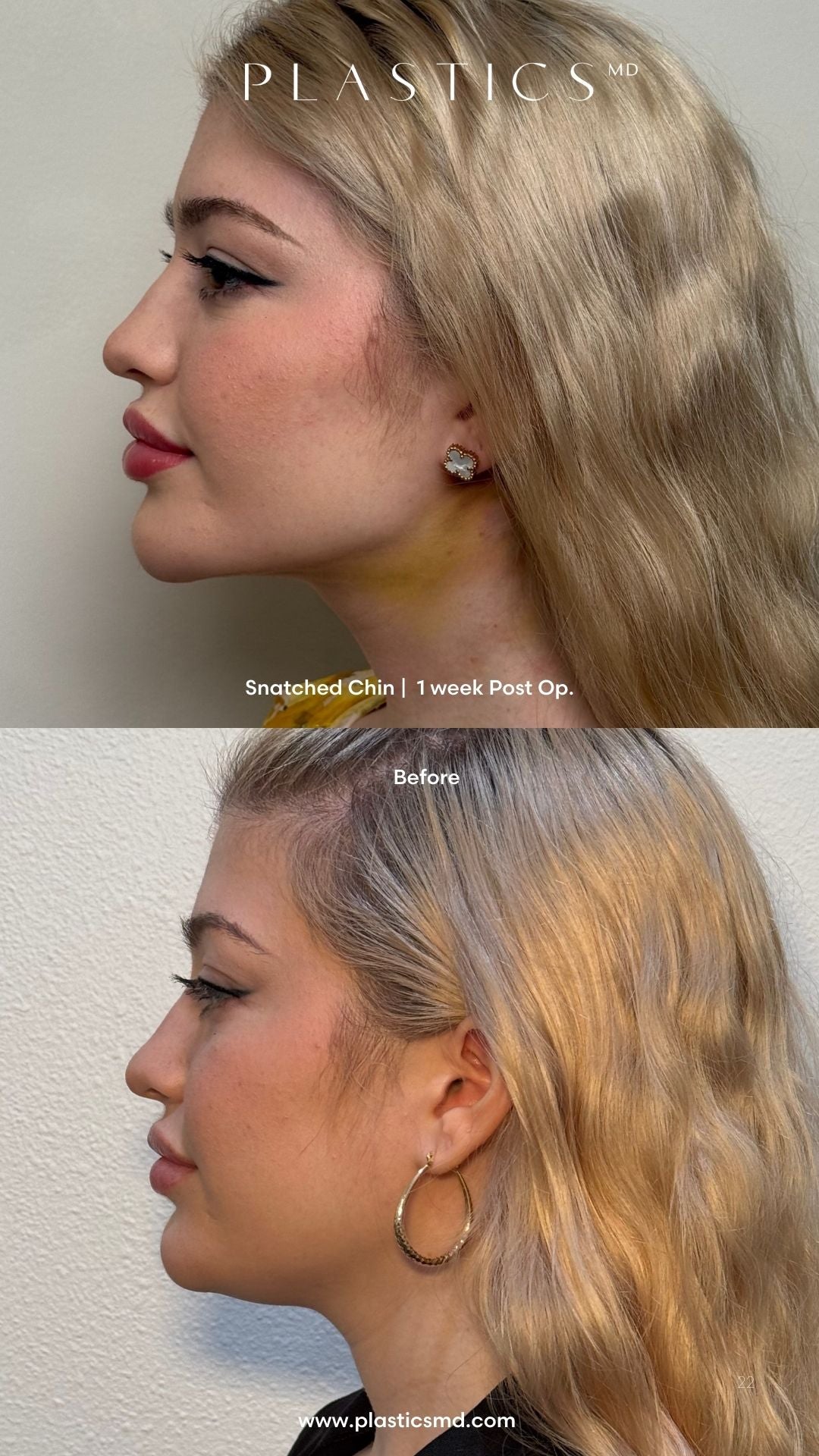
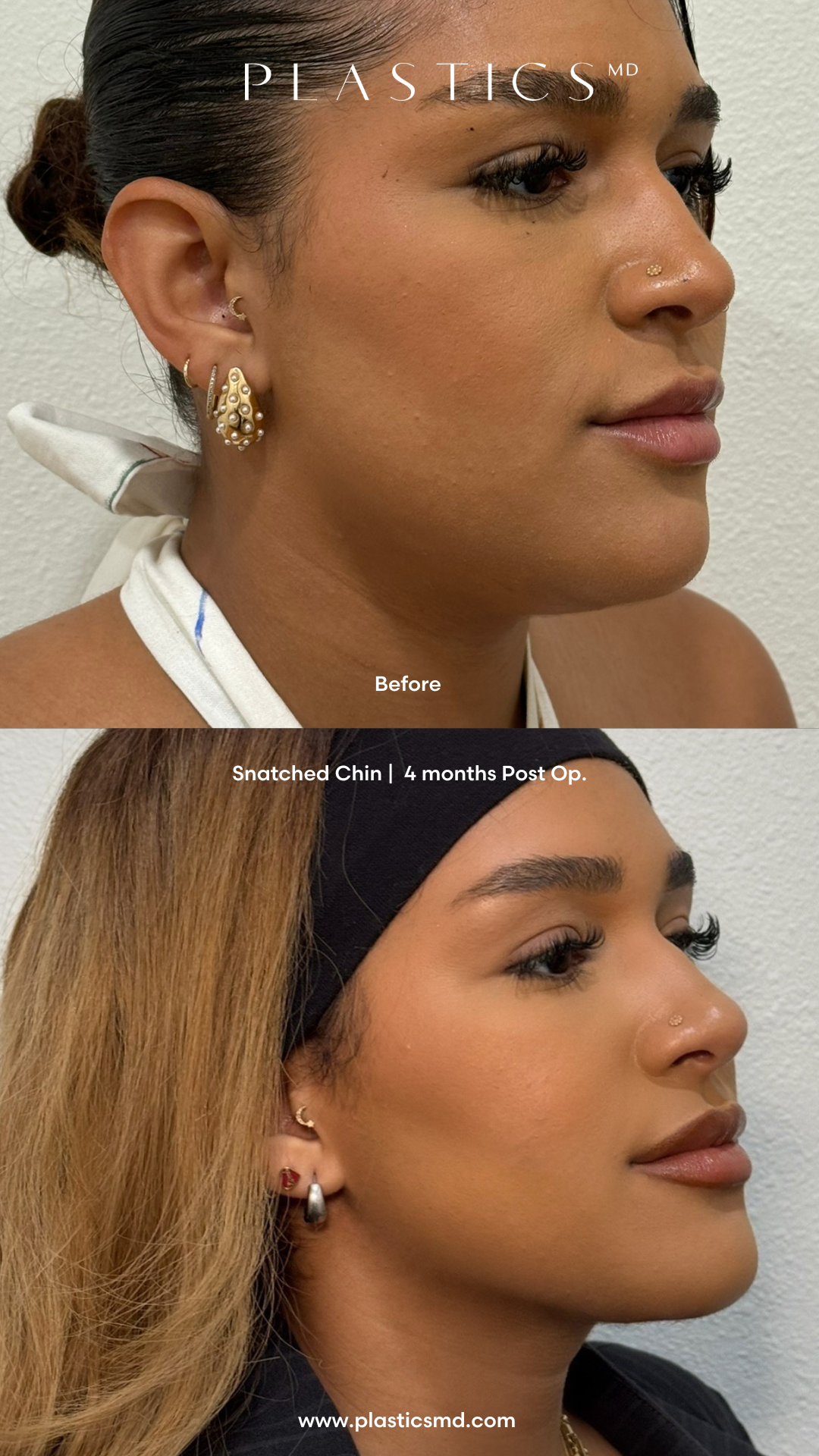
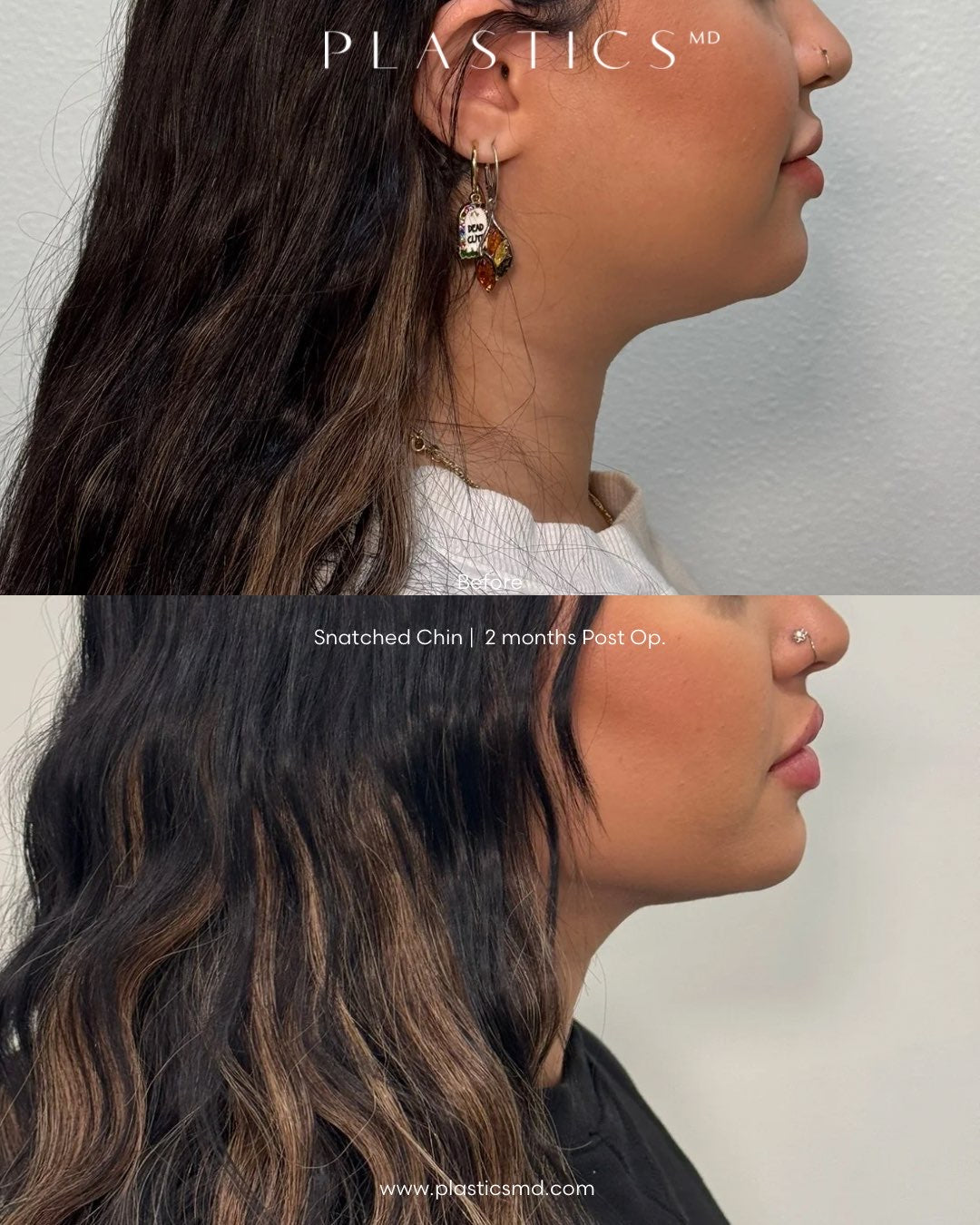
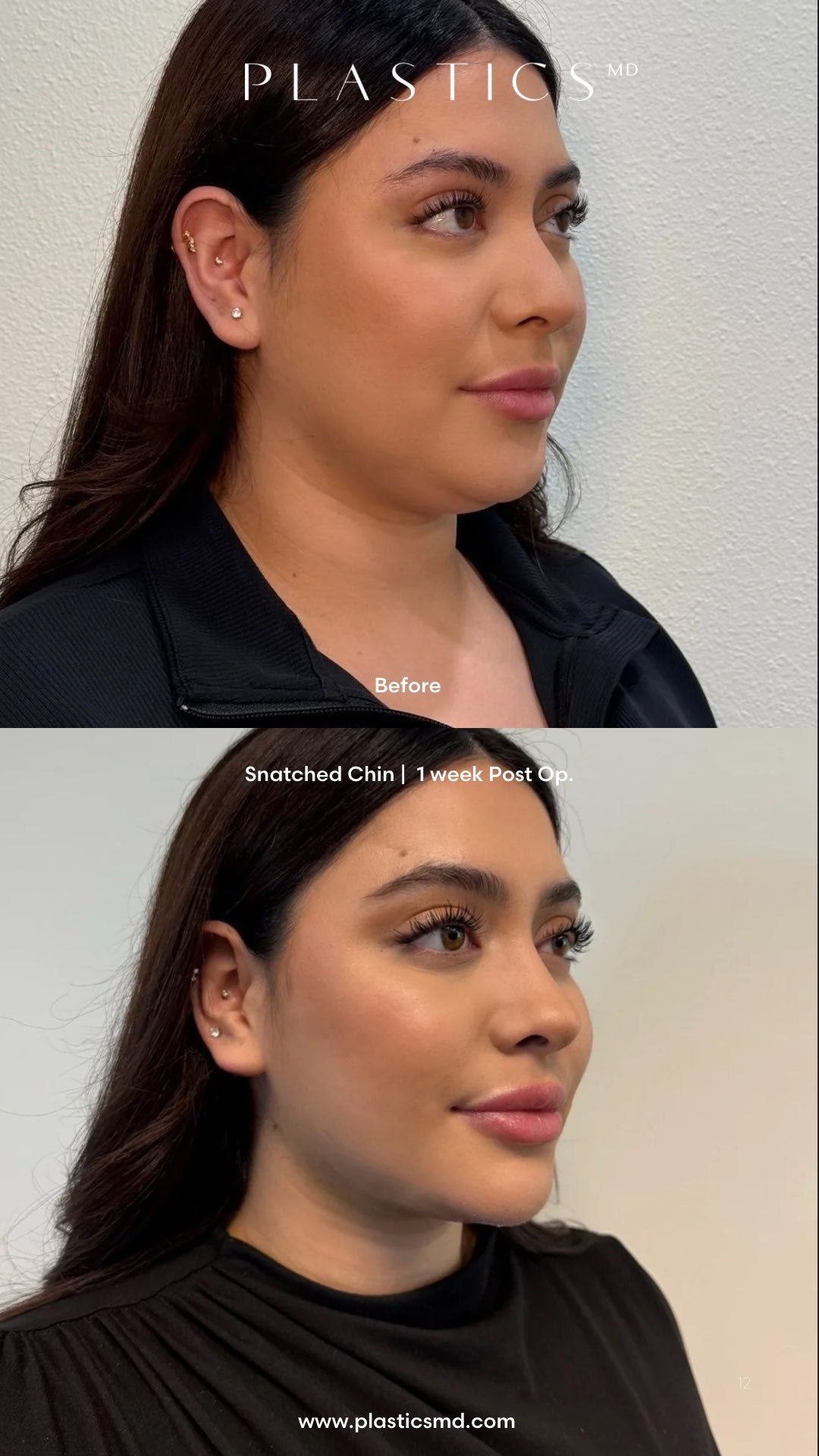
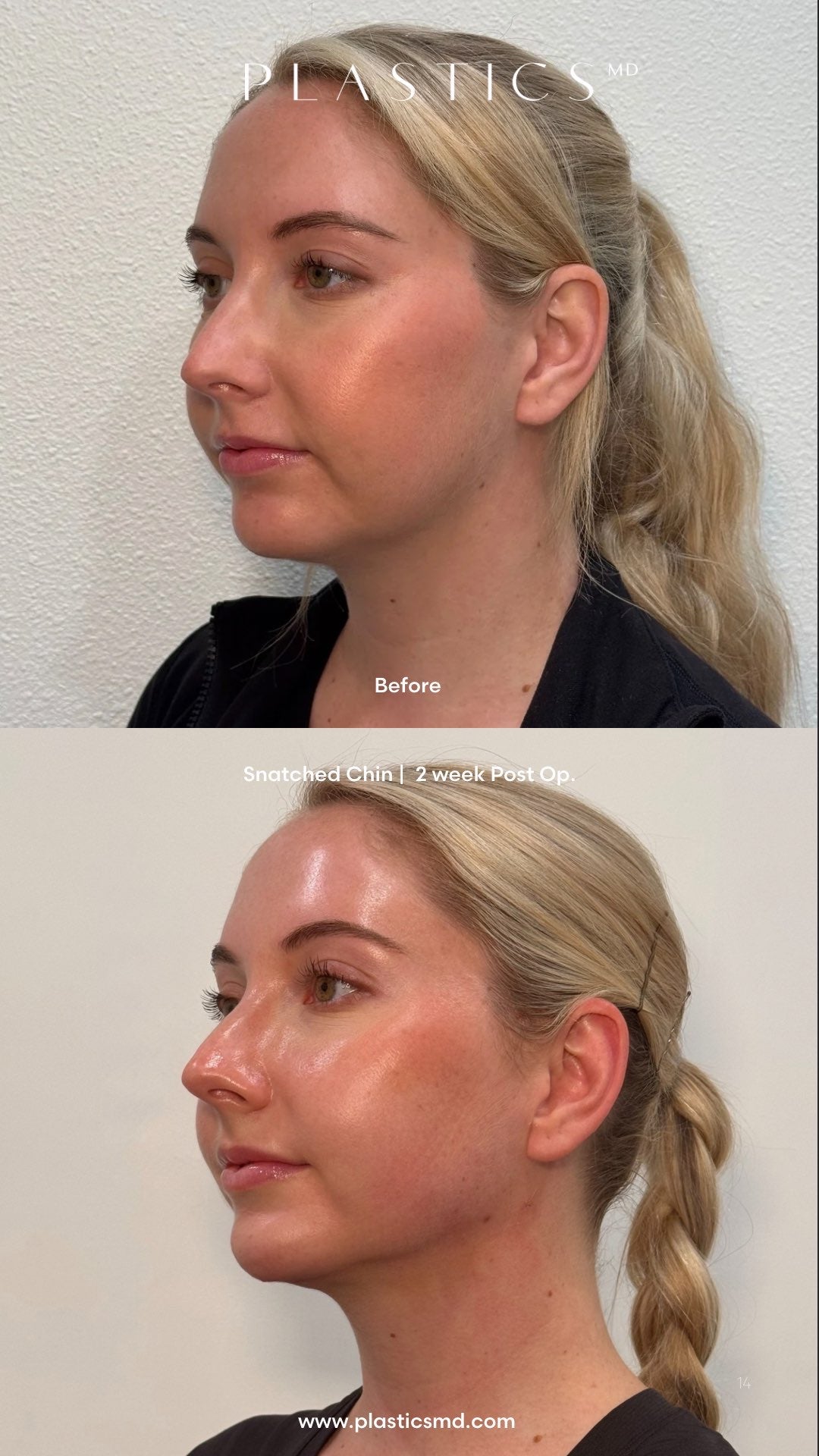
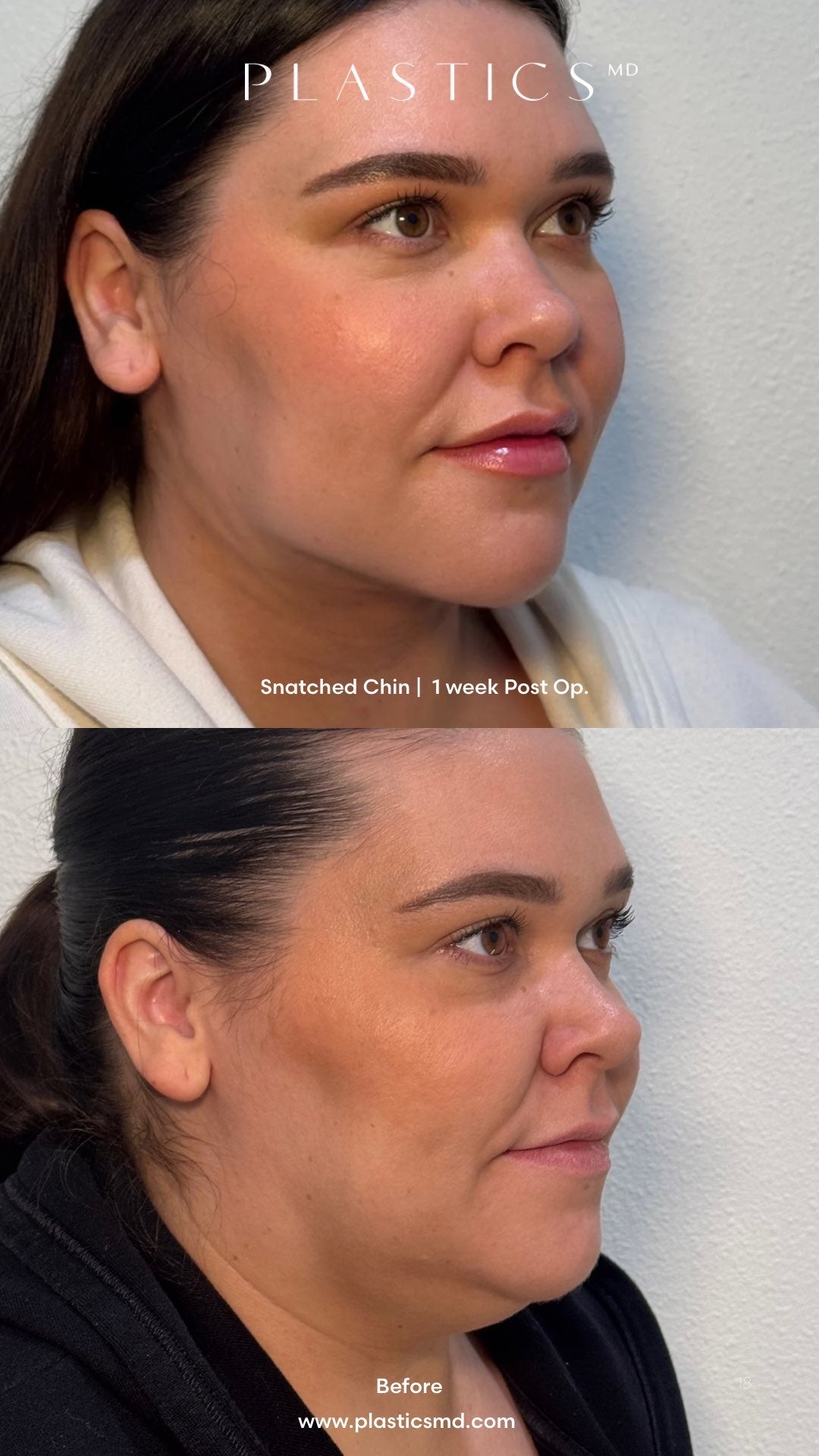
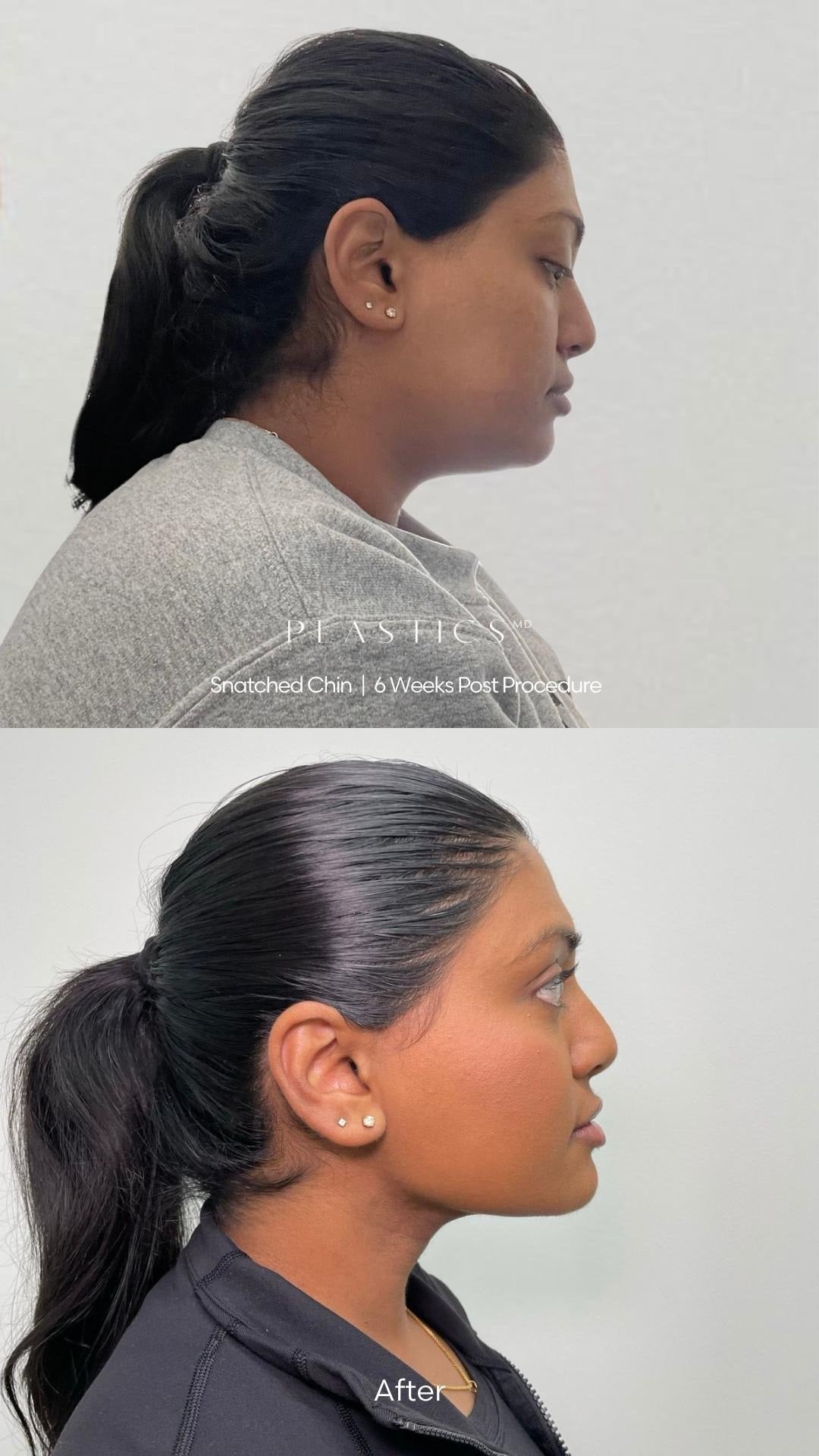
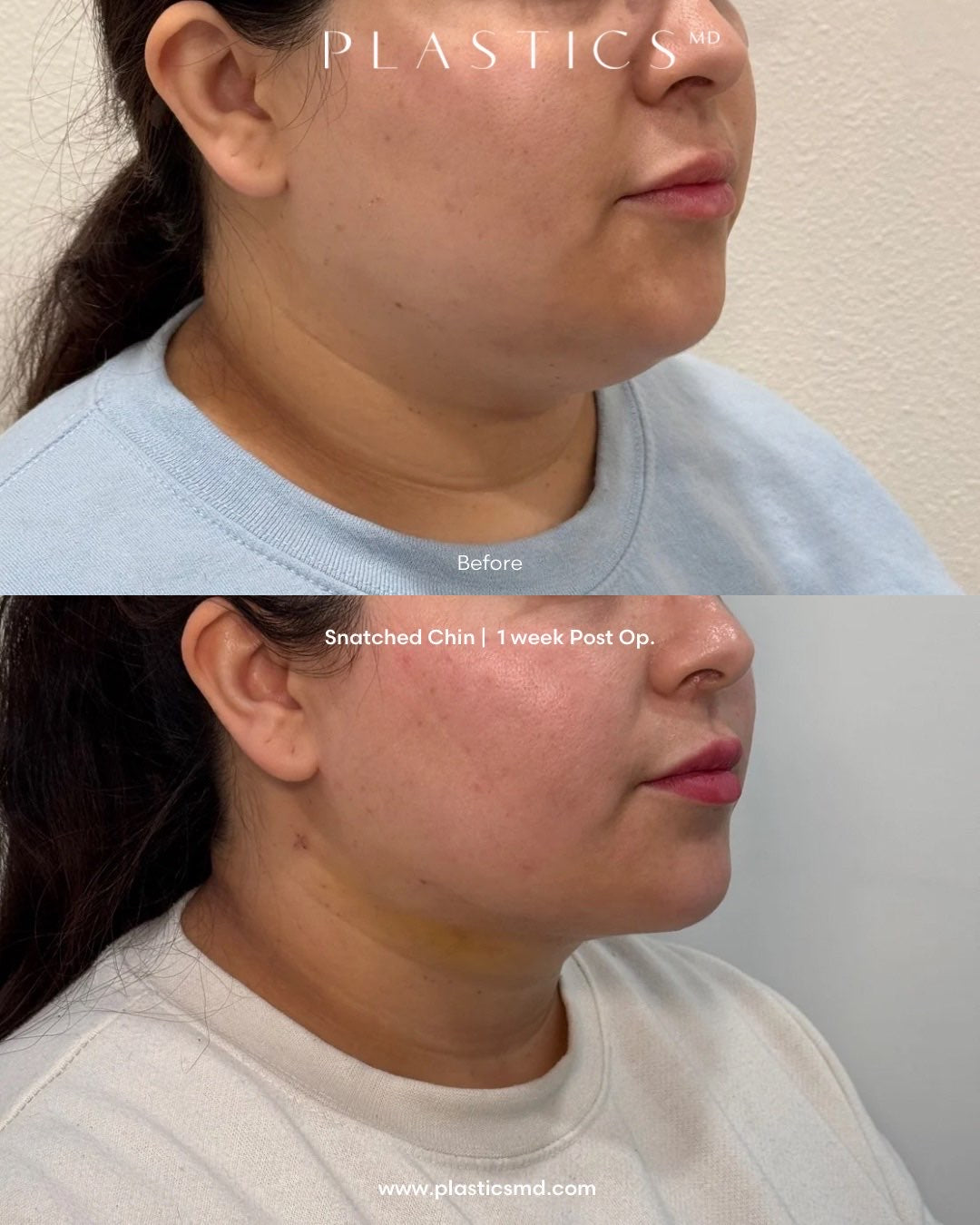
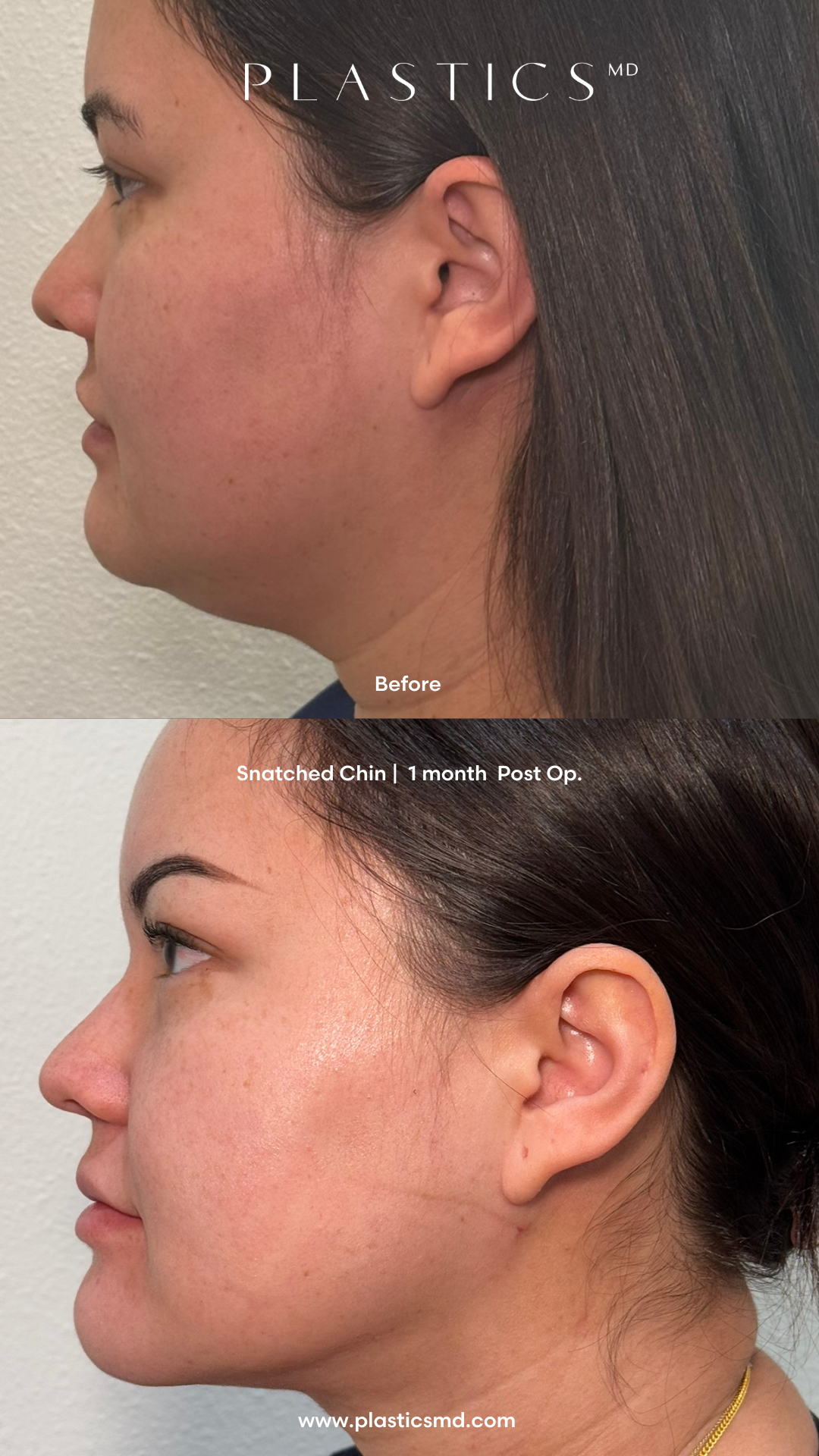
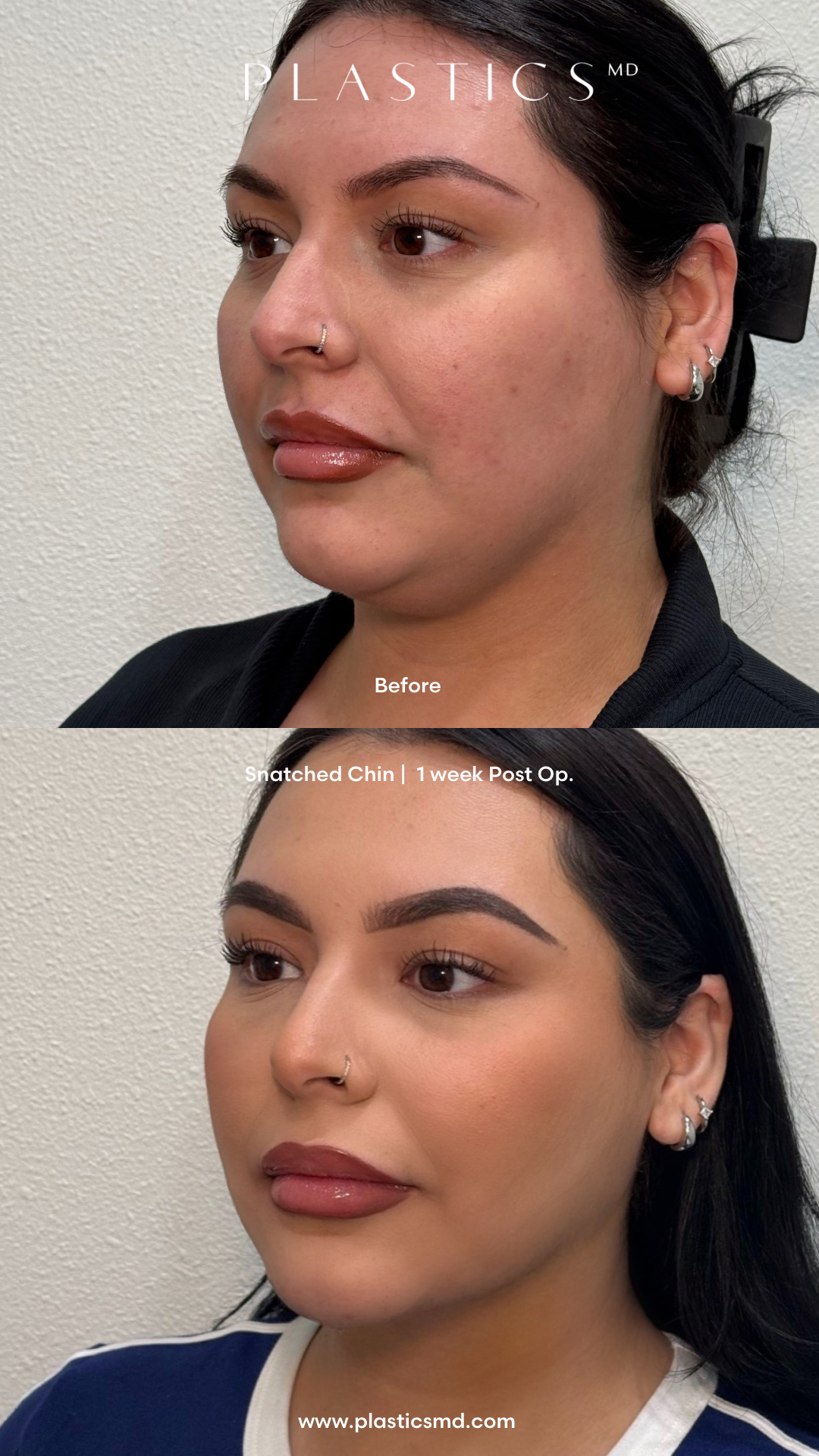
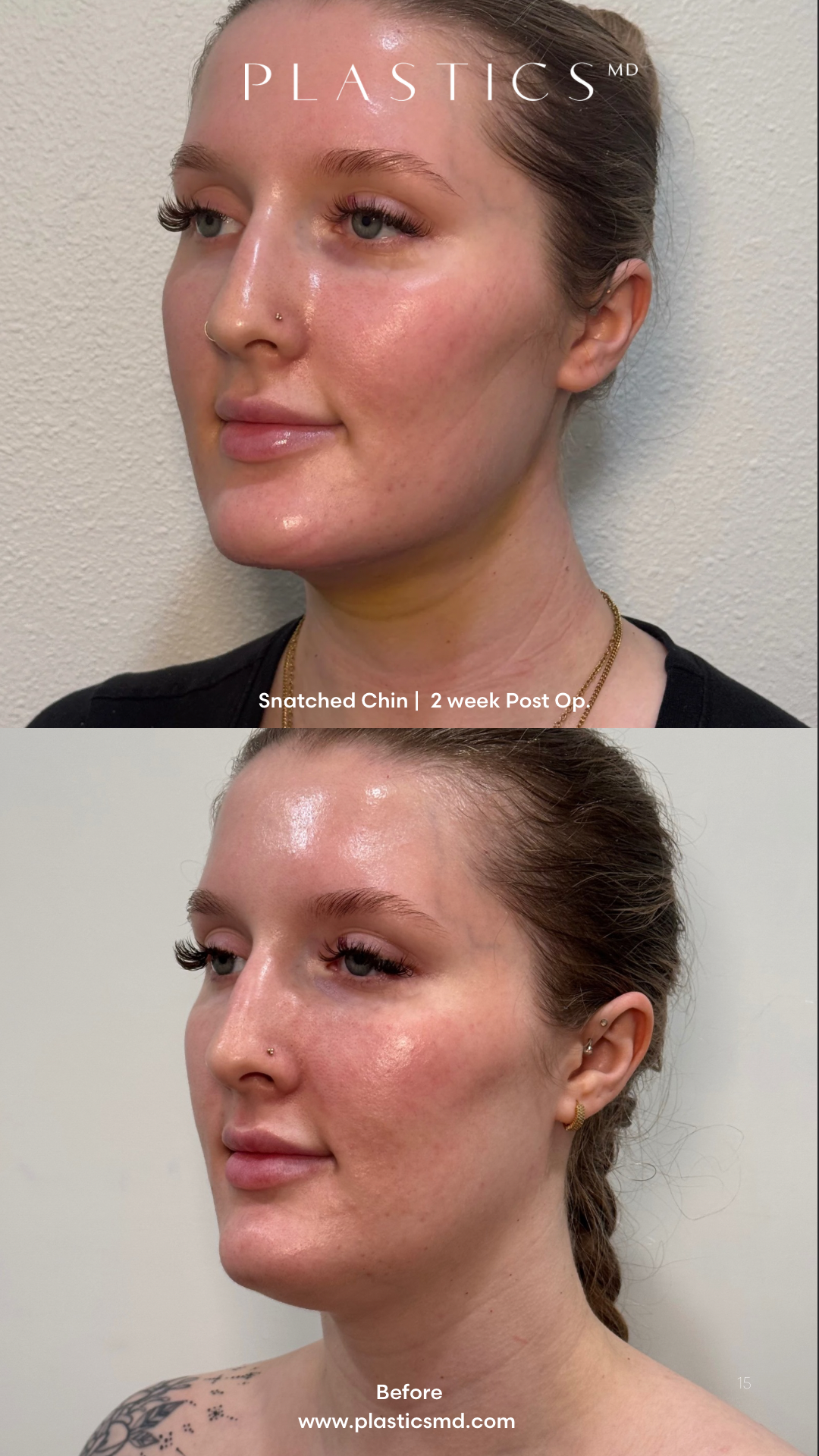
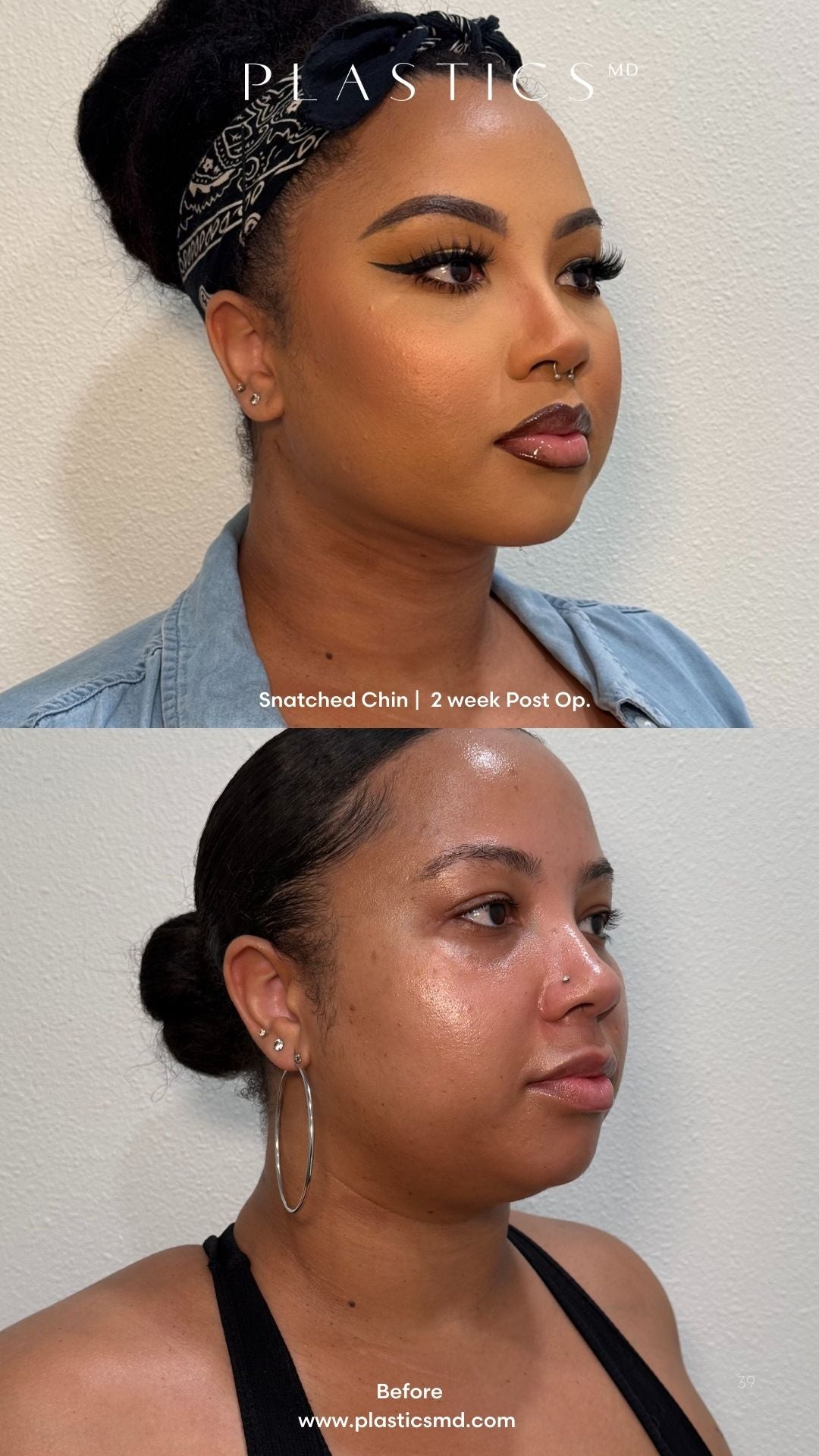

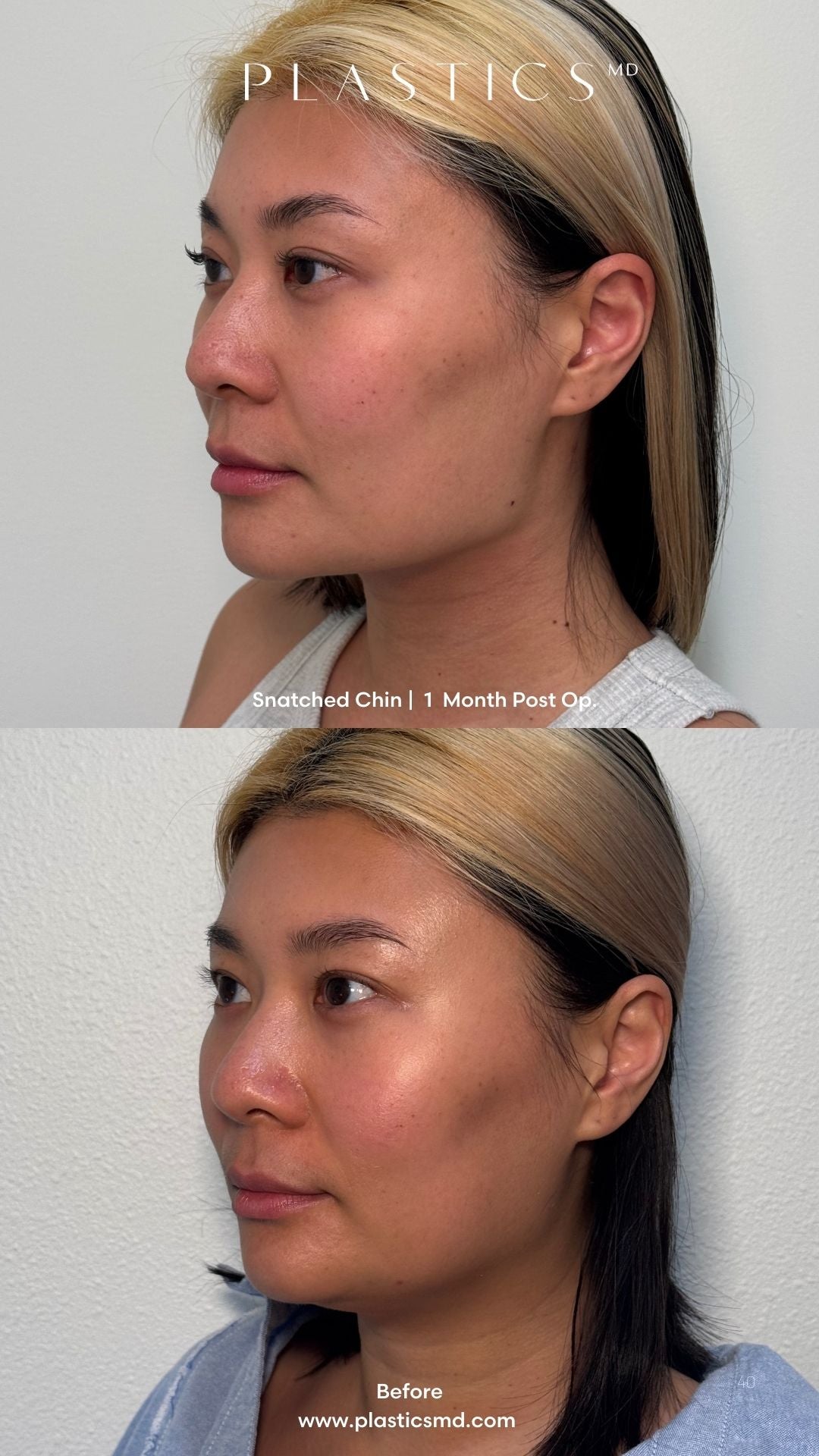
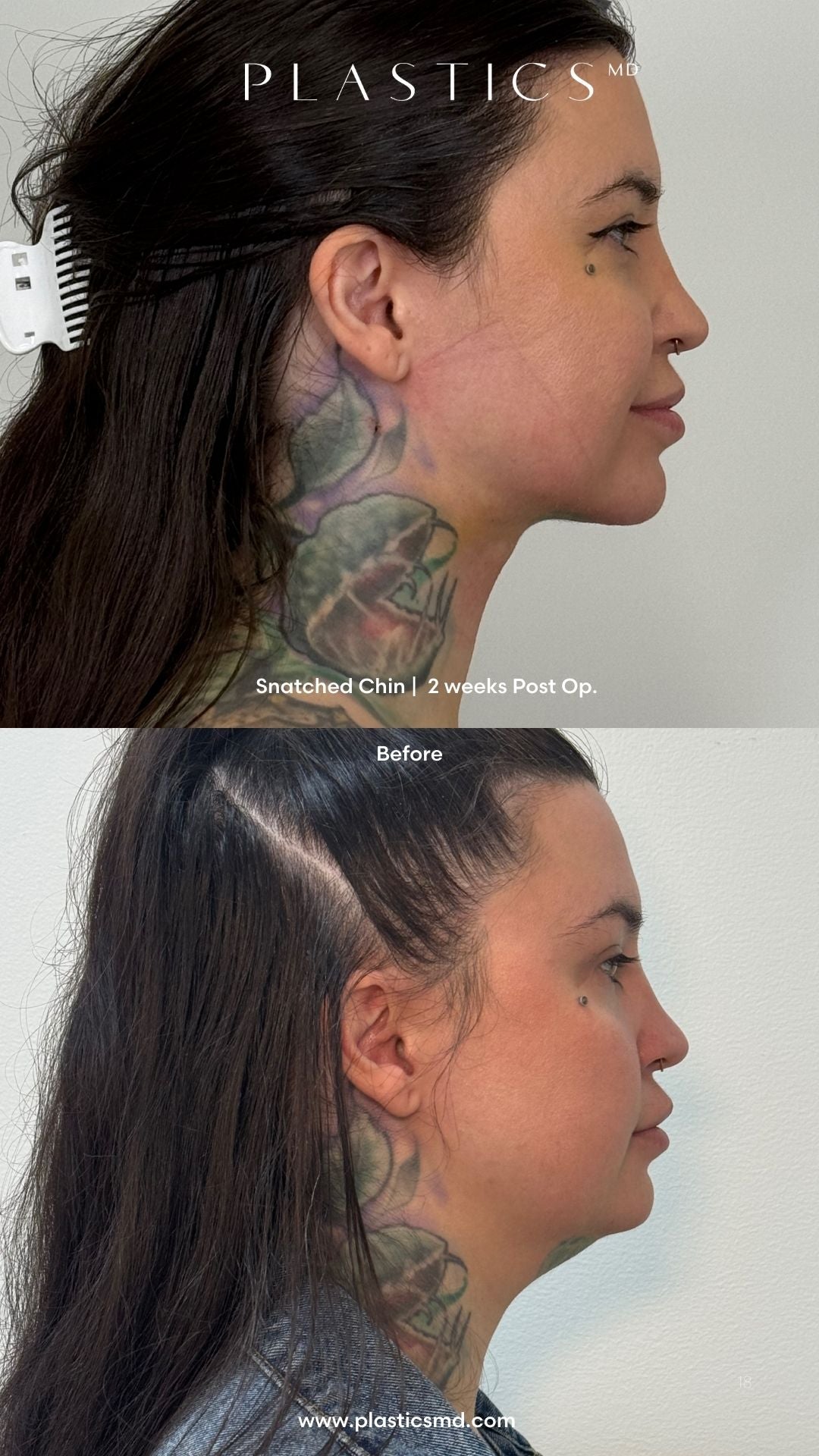
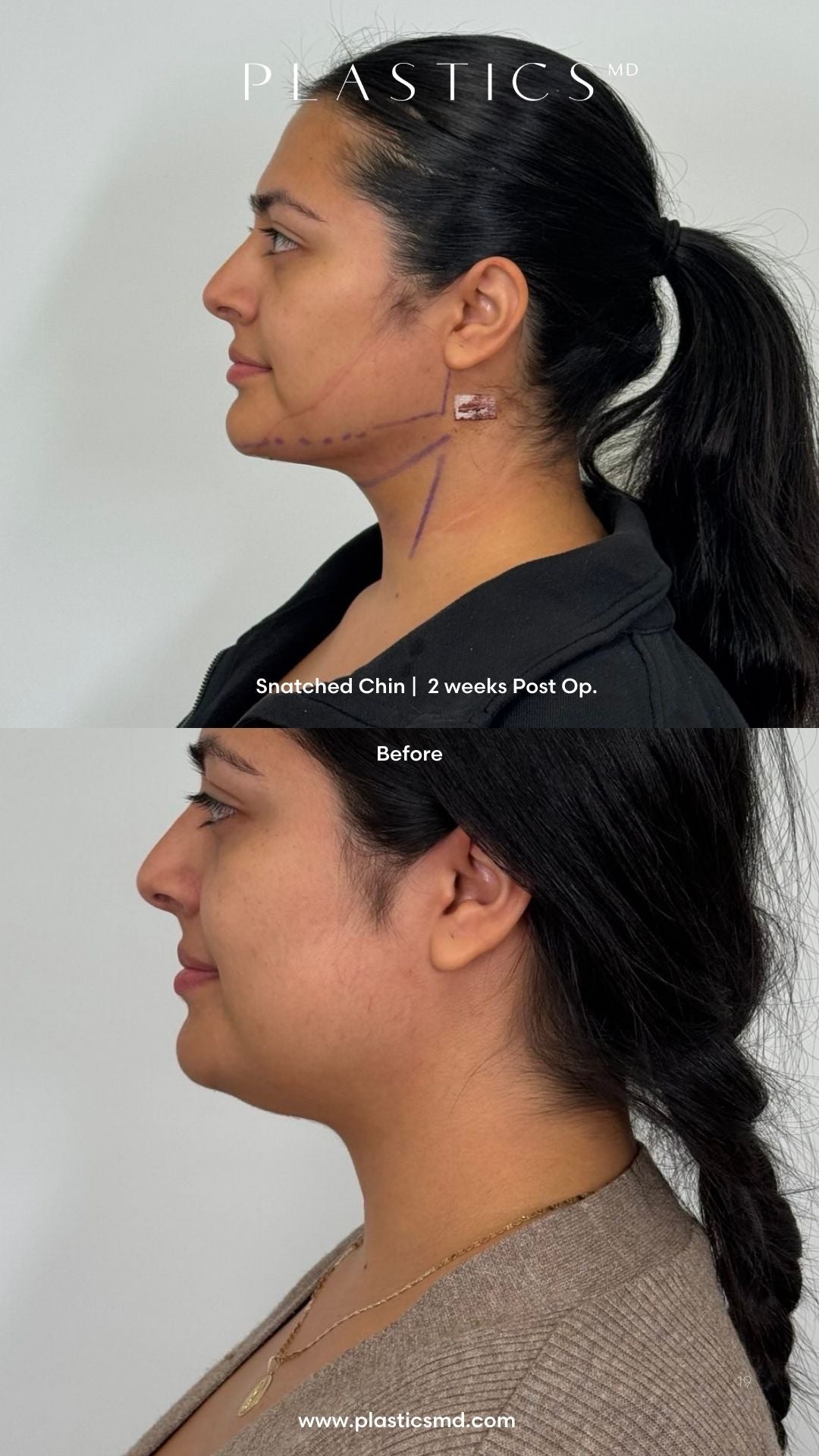
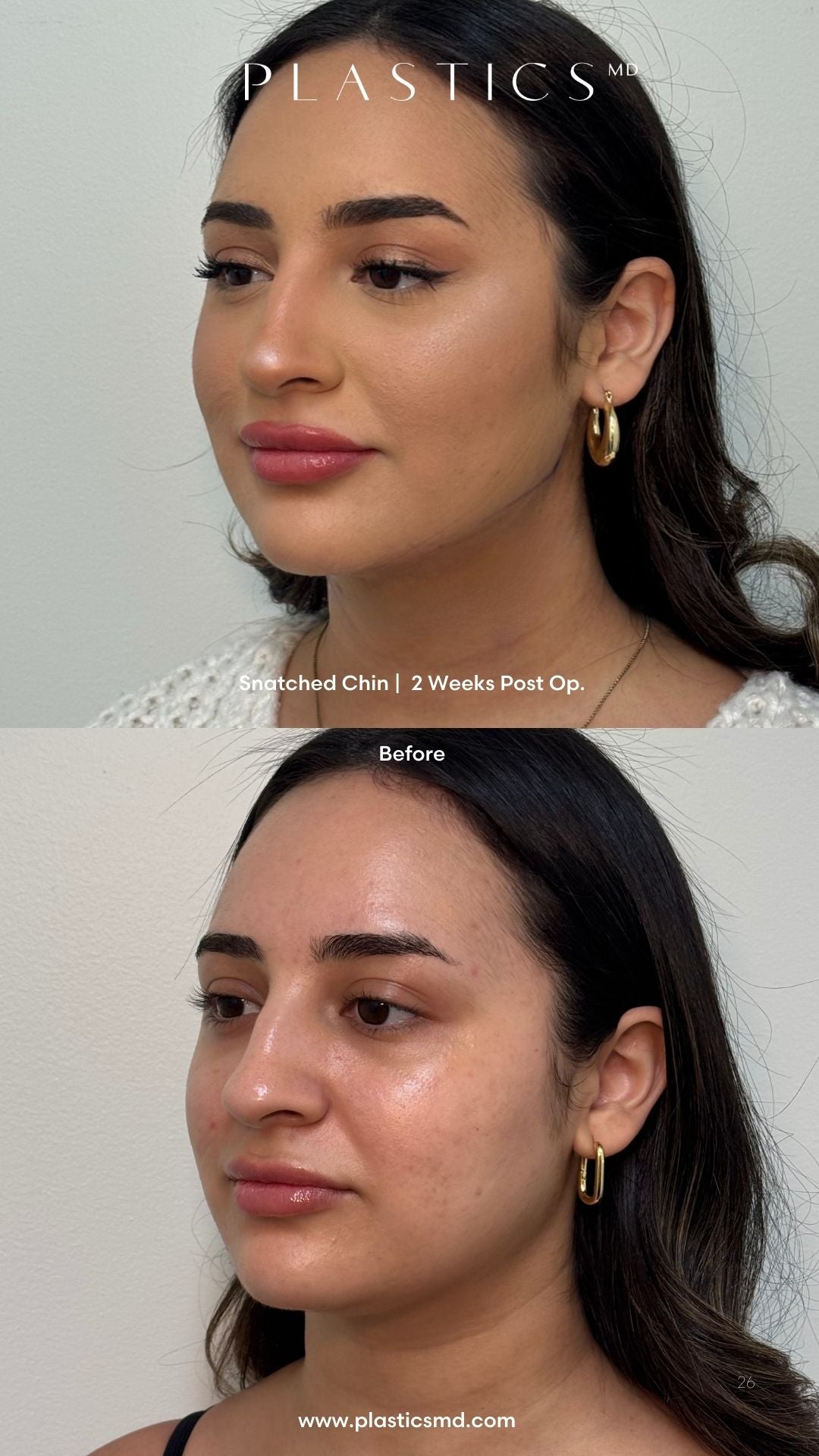
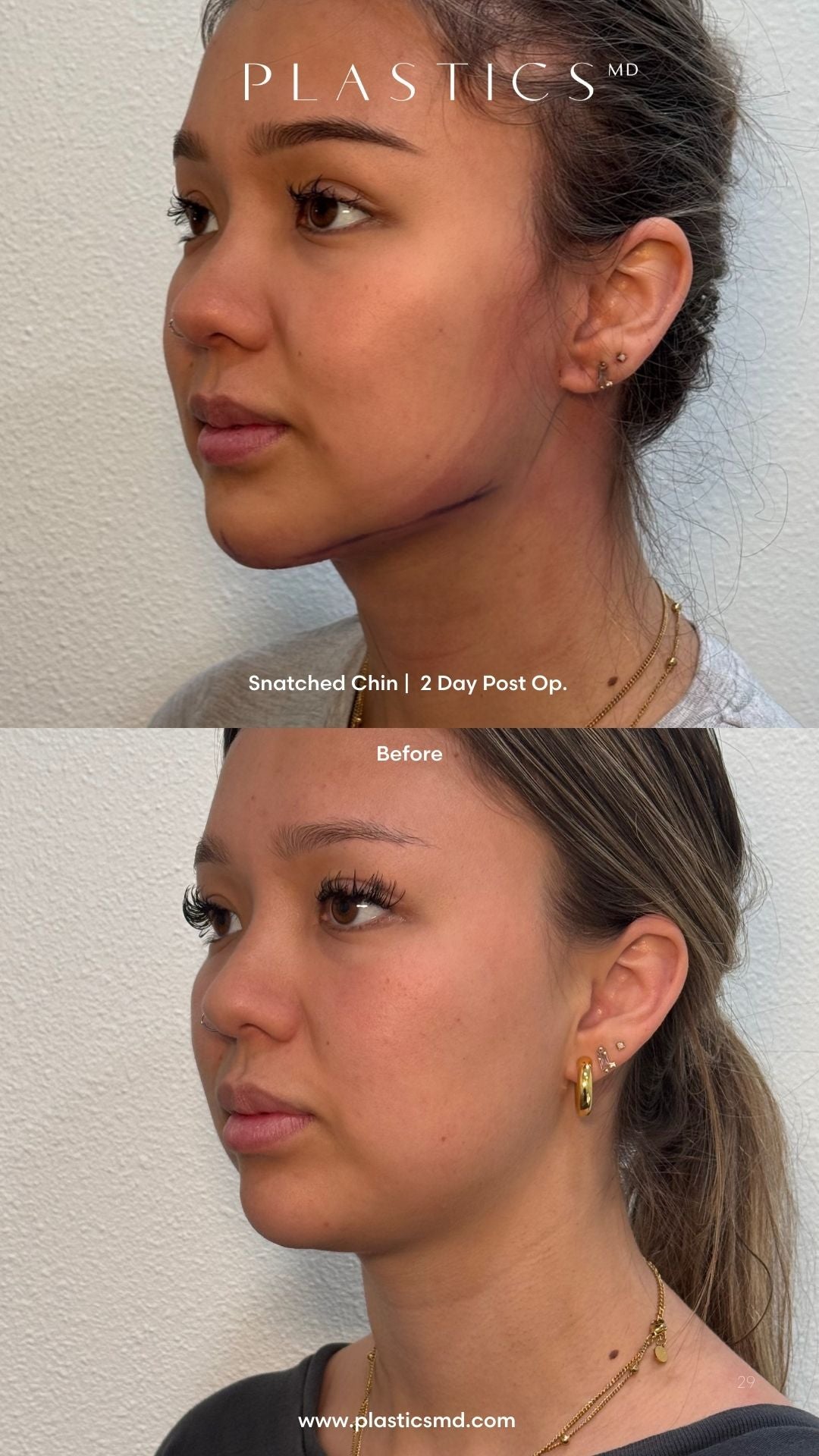
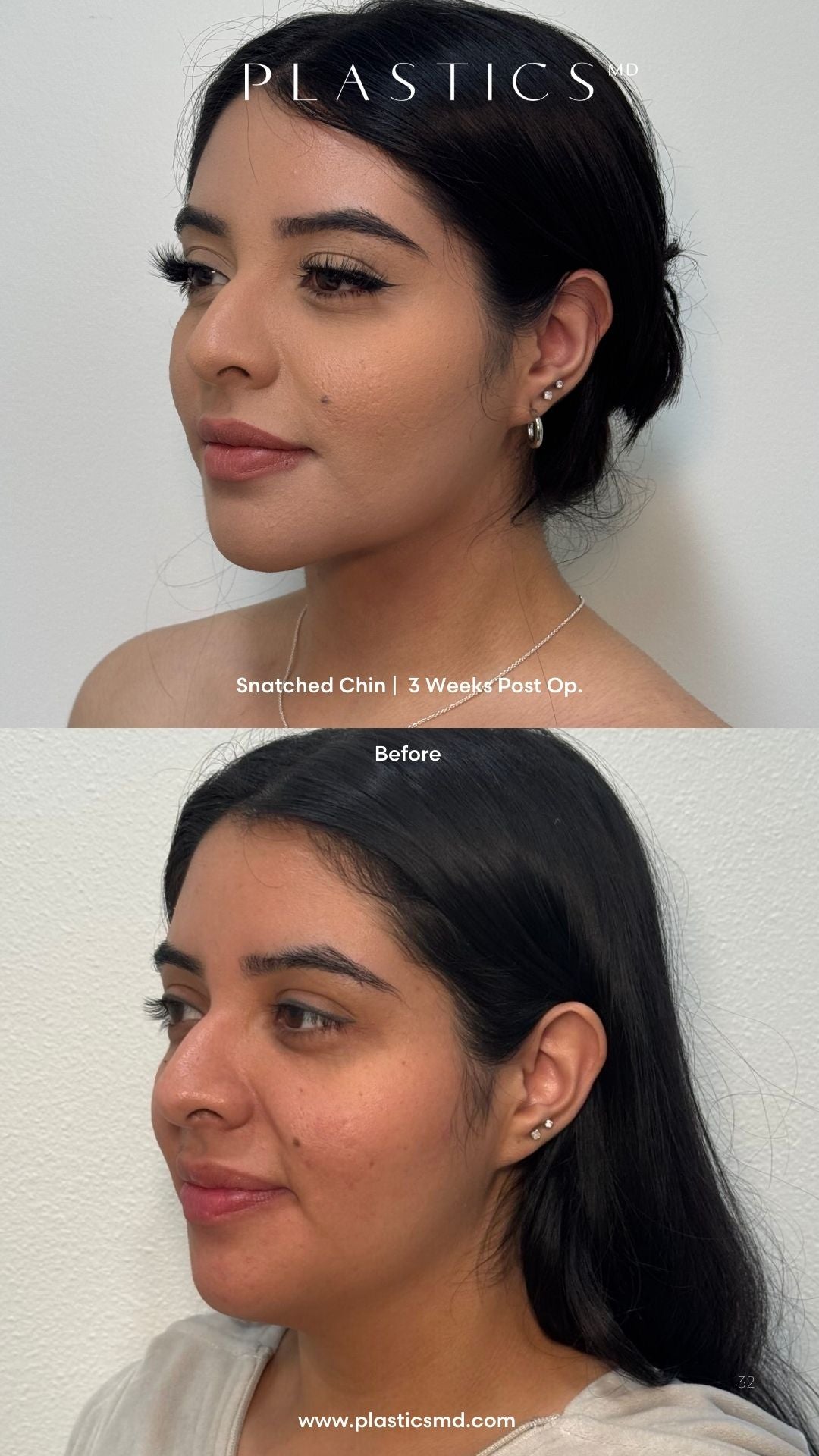
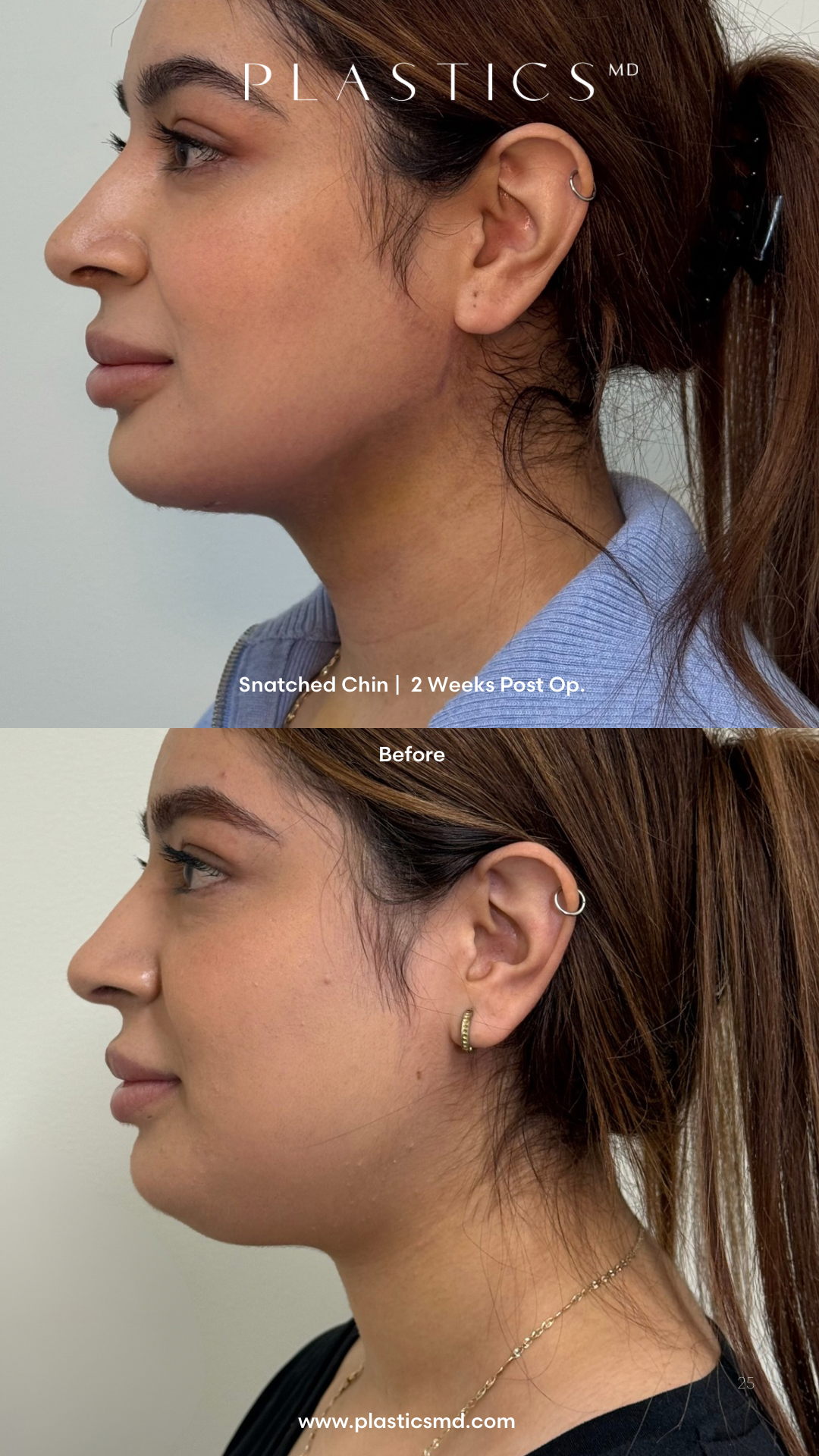
the snatched chin
Chin liposuction is a cosmetic procedure designed to remove excess fat from the chin and neck area, improving the contour of the jawline and reducing the appearance of a "double chin." This procedure can create a more defined and youthful appearance. Here's an overview based on common practices and general medical knowledge:
downtime
swelling + bruising
pain management
resuming activites
Chin liposuction has a relatively short downtime, with patients usually returning to work and daily activities within 3-5 days. Common side effects include swelling and bruising, which begin to decrease after a few days but may take several weeks to fully resolve. Pain is typically minimal and manageable with over-the-counter medications. Patients can resume light activities within a few days, but should avoid strenuous exercise for 2-3 weeks. Full recovery and final results may take a few months to fully manifest as swelling completely subsides.
how is it performed
The procedure is usually performed under local anesthesia with sedation or general anesthesia, depending on the patient's and surgeon's preference. Small incisions are made under the chin or behind the ears. The surgeon then inserts the cannula to break up and suction out fat.
are you a good candidate
Good candidates for chin liposuction are individuals with good skin elasticity, who are close to their ideal weight but have localized fat deposits under the chin. It's also important for candidates to have realistic expectations about the outcome.
Advantages of Procedure:
- Improved jawline contour
- Minimally invasive with small incisions
- Relatively quick recovery
- Long-lasting results, provided the patient maintains a stable weight
Surgical Techniques:
Several techniques can be used for chin liposuction, including tumescent liposuction, which involves injecting a solution to facilitate fat removal and minimize bleeding, and laser-assisted liposuction, which uses laser energy to break down fat before its removal. The choice of technique depends on the patient's specific needs and the surgeon's expertise.
Choose options
























